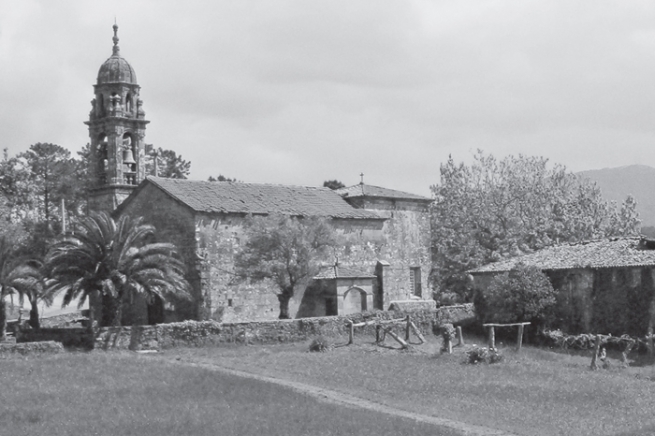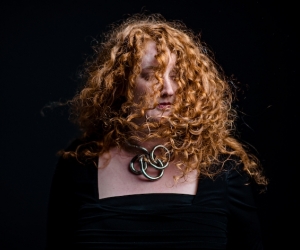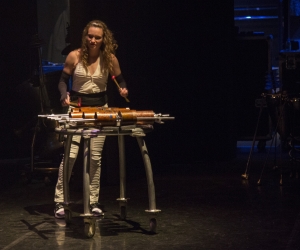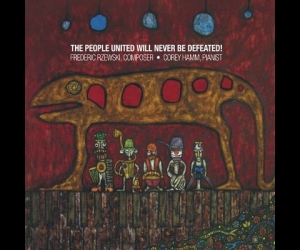
FULL-TEXT AVAILABLE IN PRINT EDITION ONLY
In the spring of 2010 we undertook a walk to Santiago de Compostela in northwestern Spain, a pilgrimage site since the Middle Ages. It’s the traditional burial site of Santiago, or St. James, one of Christ’s apostles who somehow made it from Jerusalem to northern Spain around ad 40 to preach the newly proclaimed Gospel. There are routes across Europe, from as far afield as Poland and Russia. Most paths pass through Roncesvalles in the French Pyrenees and then across the Basque regions of northern Spain. We opt for the route from Portugal to the immediate south, beginning in Porto and going through the Portuguese province of Minho and the Spanish of Galicia.
Ours is, in a sense, a walk in the woods, but also on the beach, through the field, and over the hill, perhaps less goal-oriented than the word pilgrimage would suggest. It’s as much about being able to do it, more insistently about the process than the end (perhaps a convenience of history). It’s a chance to see and hear things for the first time. When you’re backpacking, everything is fleeting: images and sounds are neither readily nor insistently repeated, as they are in our daily lives. Overwhelmed by sense data, we struggle to isolate and to remember the soundscape.
Read more in the print edition.
Image: One of the many vistas to be seen and heard on the El Camino, Iglesia Santa Marina de Carrecedo, between Calda da Reis and Padron. Image by: Cherie Broomer


